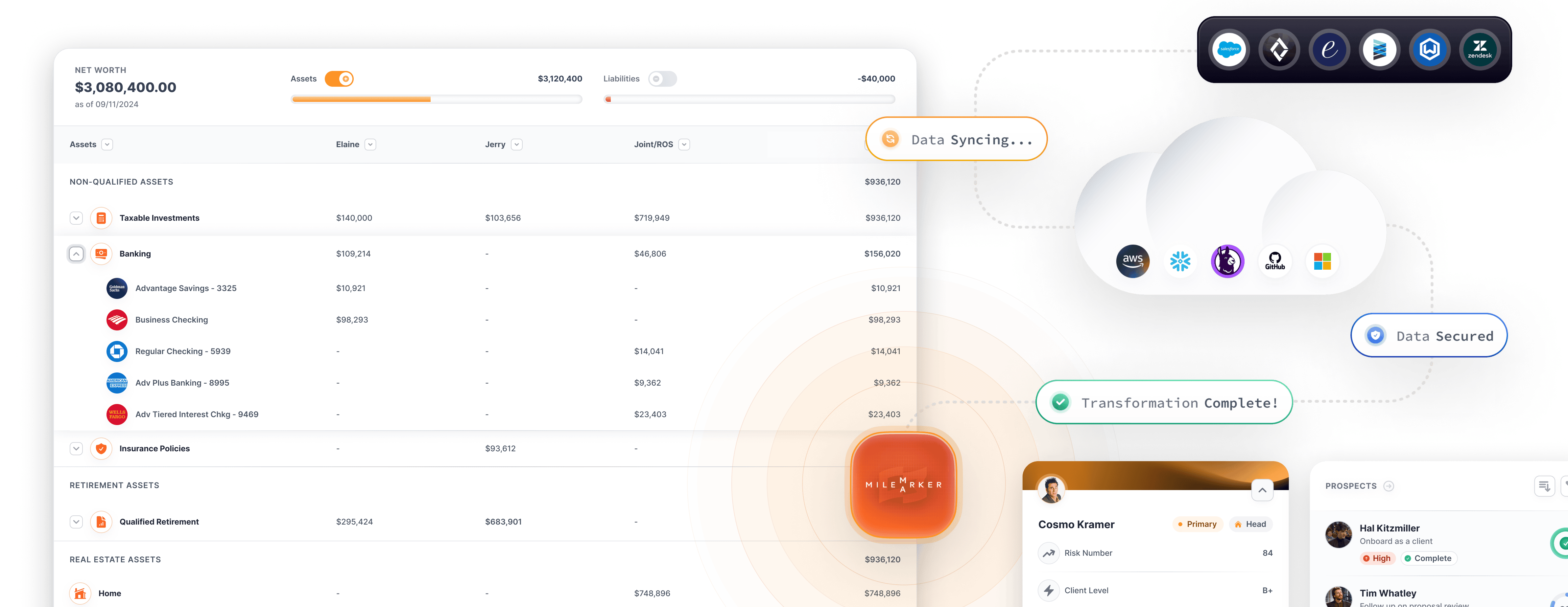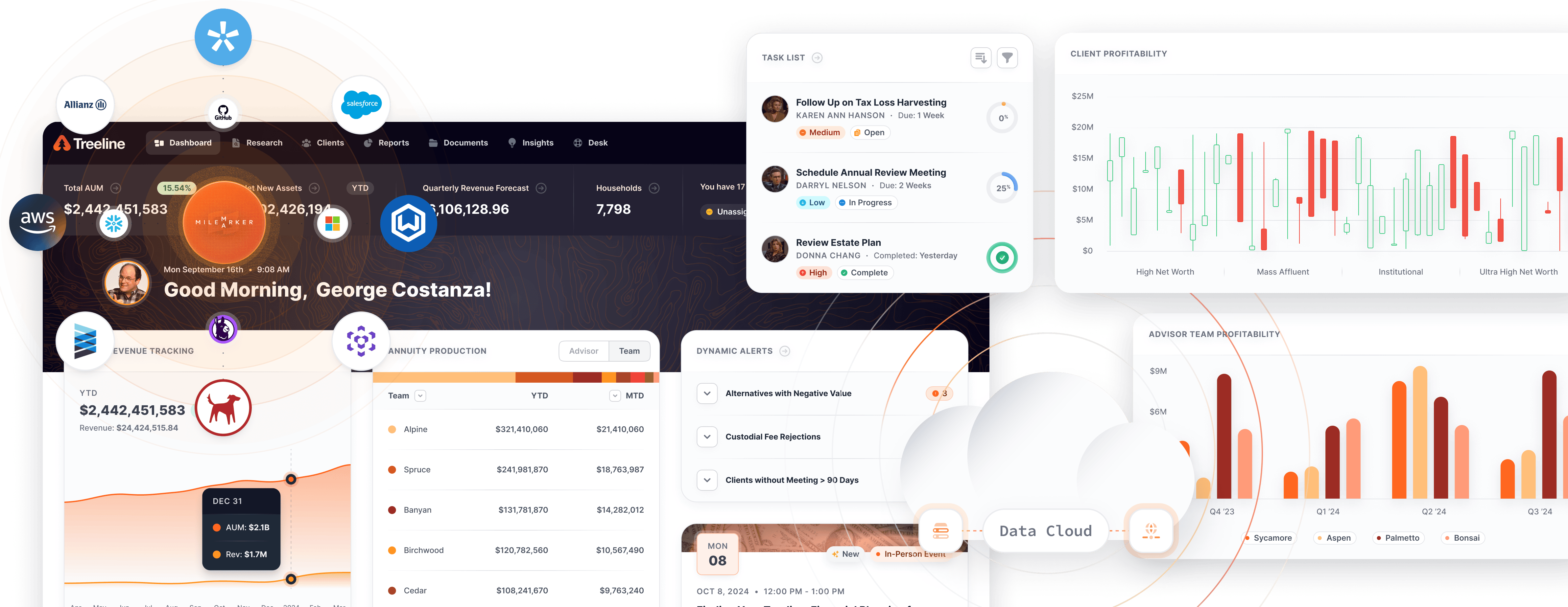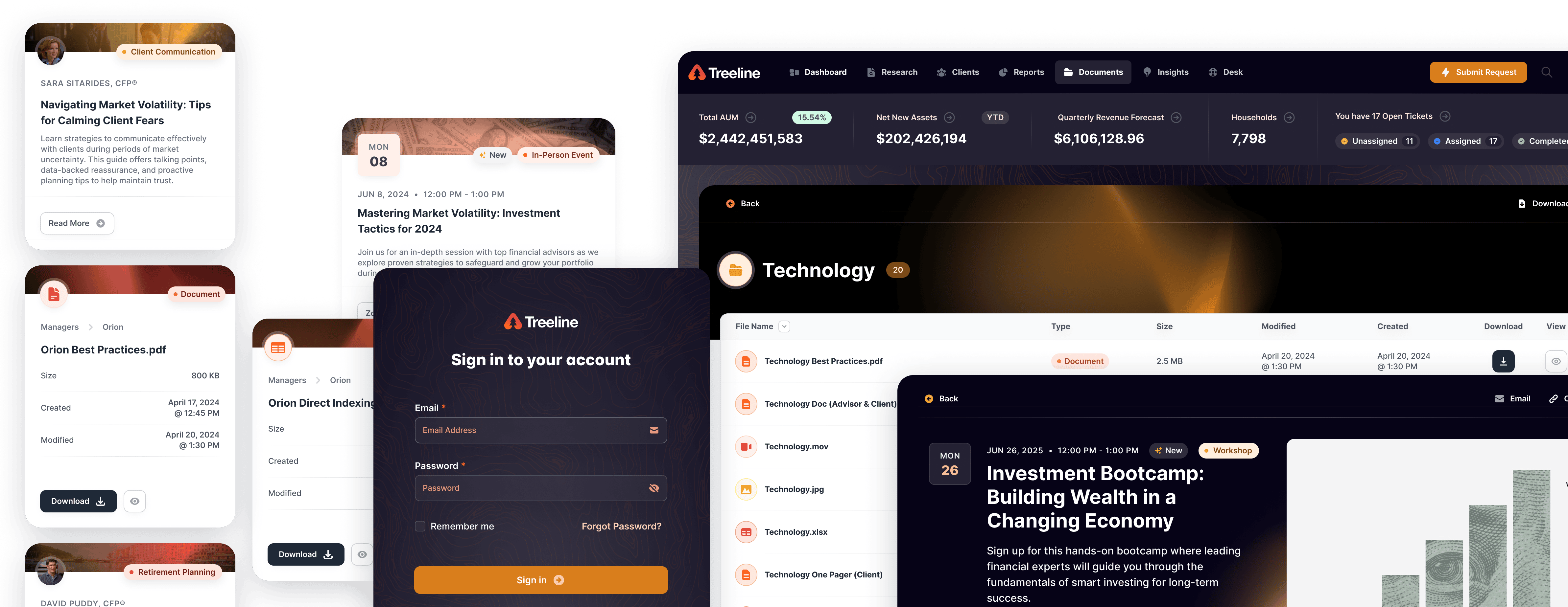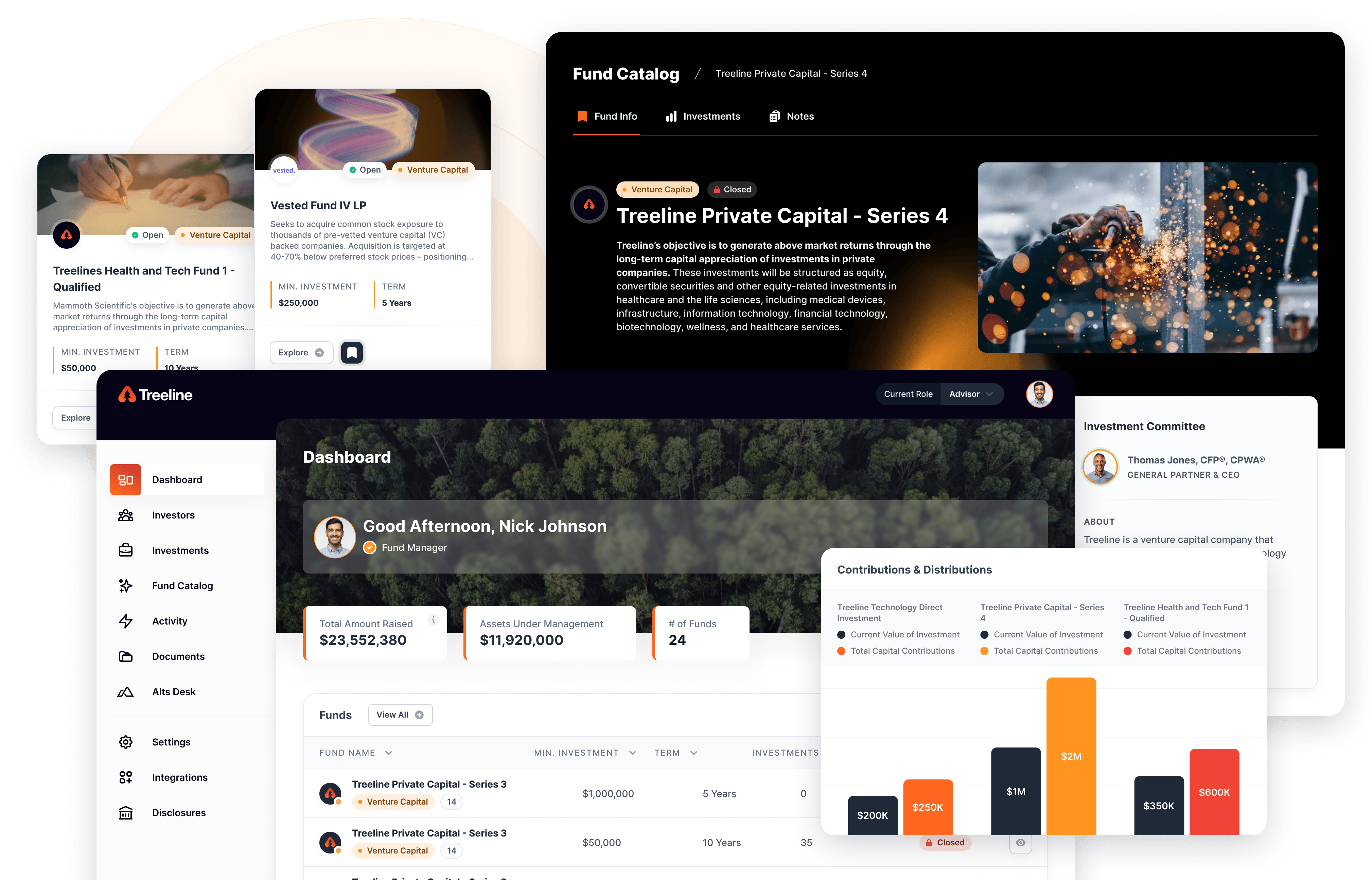TL;DR – Your data can be untethered from your current systems and technology so that you can filter your future decisions through the context of how you serve your team members, advisors and clients.
A Different Differentiation
It’s not a surprise that your marketing team wants you to talk about how you’re different. Differentiation is the easiest place value gets created. But there’s one place in your organization that doesn’t have to be different to create value – your data strategy.
Here’s the truth. Every organization should have the same data strategy.
Integrate all the organization’s data into one version of the truth so that all business decisions can be made in a timely manner based on reality.
Where Do You Look for the Truth?
You’ve probably talked about this in plenty of executive meetings. There isn’t an internal or external team that wants to receive messy, disintegrated information from your systems. The question has always been, “How do we get our data to reflect the truth everywhere?”
Horizontally dependent data always has questionable data because it is very difficult to know how the information was entered or updated. You constantly wonder “Did one software overwrite the other correctly?” or “Where did this new data come from?”
Vertically aligned data creates the opportunity for you to have:
- One version of the truth (your data warehouse)
- A strategy for integration into the warehouse
- A data sharing platform
These are the three most powerful tools to have at your disposal when you want to become a data driven organization that makes intelligent decisions based on reliable information.
Your data future can be untethered from your current systems and technology and you’ll be able to filter your future decisions through the context of how you serve your team members, advisors and clients.
 Create a Data Driven Culture
Create a Data Driven Culture
Business Decisions
No one wants to make business decisions based on tradition, presuppositions or gut feelings. Casting the vision for the future when you don’t have solid data means you can easily be misled and wind up down a path you shouldn’t have taken.
Let’s look at advisor satisfaction as a tiny case study.
Let’s say you are a BD executive team member, in charge of customer satisfaction. Your loudest advisors are hitting you hard about response times around their requests. Without clean data, showing how quickly requests are being picked up, replied to and solved by department, you might wind up instituting changes across the full firm instead of being able to use pinpoint precision to see that the issue sits with ad review alone.
Once you have integrated, clean information flowing to your executive team, you can easily decipher that information and bring about meaningful, lasting changes that delight not just your clients, but the entire organization. Adding efficiency and creating transparency are the kinds of things advisors notice and talk about. Your sales funnel grows when you get positive publicity and your current advisors don’t leave when their needs are being met.
Back to Reality
Creating loyalty and raving fans is made possible after you’ve implemented the systems and processes that make you a data-driven organization. Thankfully, you don’t have to integrate everything all at once, to see results.
And this is where your data strategy becomes unique.
Each organization has struggles that are specific to your people, your technology and your data. Deciding which systems to tackle first, so that you get a big impact right out of the gate, requires you to take a look at where you are right now and imagine a data-forward future.
During the transition it can be tricky to implement data-based decision making. When the data is still murky, knowing what you want to track will help guide the logic needed to get on track.
As you become a data-driven organization, you’ll want to address the following questions:
- What data is needed to make a decision?
- What is the source of that data?
- How current is that data?
- How reliable / accurate is the current data?
- Does that data need to be combined / enriched to give us a complete picture?
If you don’t currently have the data you need to guide you, then you must embark on the process of gathering it. Questions to include in that process are:
- What numbers contribute to the bottom line of this decision?
- Who (team member, department or technology) holds the information we need?
- How can this data integrate into our overall data strategy for sharing and analysis?
These questions aren’t always easy to answer. If your team has a lot of vision and everyone is already pulling in the same direction, the answers will be obvious. But, if you are like most teams, you will have a hazy idea of where you want to be five years from now. A data assessment from an outside perspective can provide, not just a suggested outcome for your firm, but also give your team the opportunity to find common ground and a shared vision for the future.
















